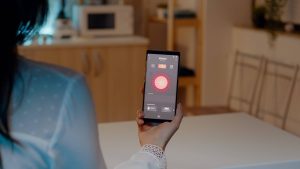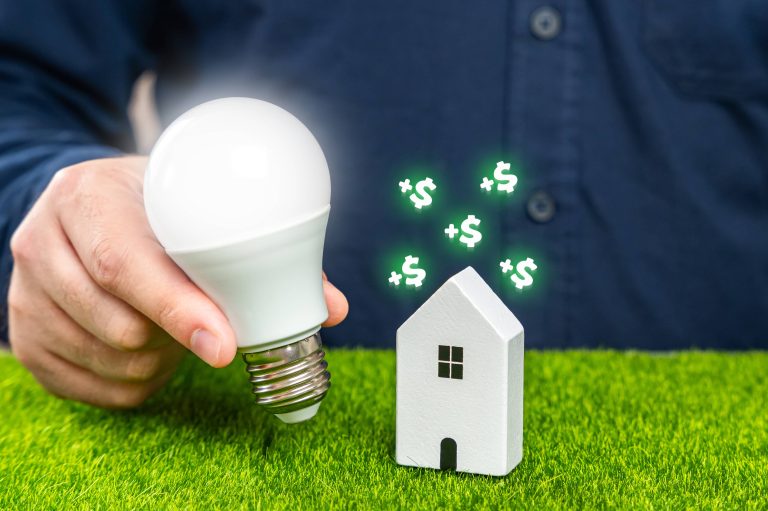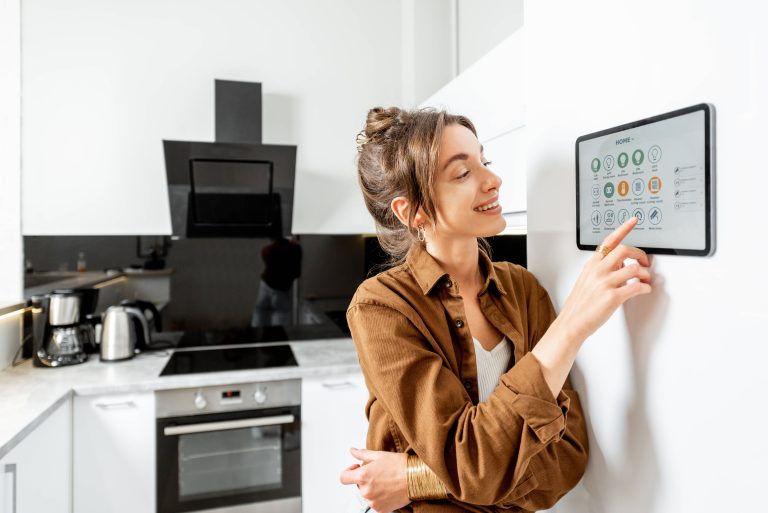![]()
In today’s world, where the importance of sustainability and energy efficiency is ever-increasing, knowing exactly how much energy our devices and appliances use can significantly impact our efforts to reduce our carbon footprint. One of the most convenient and accessible tools for achieving this is the smart plug. By integrating these compact devices into our homes, we can track energy usage, optimize consumption, and ultimately save both energy and money.
What Are Smart Plugs?
Smart plugs are simple yet powerful devices that can be inserted between any standard appliance and the wall socket. These plugs connect to your home Wi-Fi network, allowing you to control and monitor the connected devices through a smartphone app or a voice assistant like Amazon Alexa or Google Assistant. The plugs can switch devices on or off remotely, schedule them to operate at specific times, and, crucially, measure the power consumption of connected devices.
Setting Up Smart Plugs
To begin tracking energy usage, first, purchase smart plugs that suit your needs. Some of the popular and reliable brands include TP-Link Kasa, Wemo, and Amazon Smart Plug. Once you have your smart plugs, follow these steps to set them up:
1. Download the App: Each smart plug brand comes with its dedicated app. Download the corresponding app from the App Store or Google Play.
2. Connect to Wi-Fi: Plug the smart plug into a wall socket and follow the app’s instructions to connect the plug to your home Wi-Fi network.
3. Name Your Devices: Once connected, name each smart plug according to the device it will control. This will help you easily identify and manage different appliances later.
4. Add Additional Features: Enable features like scheduling, timers, and automation to optimize usage further.
Tracking and Analyzing Energy Usage
The primary advantage of smart plugs in the quest for energy efficiency is their ability to provide real-time and historical data on energy consumption. Here’s how you can make the most out of this feature:
1. Real-Time Monitoring: With the app, you can see exactly how much power a device is using at any given moment. This insight can help you identify which appliances are energy hogs and which are relatively efficient.
2. Historical Data: Many smart plugs offer a timeline of energy consumption, so you can view how your usage fluctuates over days, weeks, or months. By analyzing this data, you can pinpoint trends and make informed decisions about which devices to use less often.
3. Cost Estimation: Some smart plug apps can estimate the cost of running certain appliances based on local electricity rates. This can be a real eye-opener for understanding the financial impact of your energy usage habits.
4. Notifications and Alerts: You can set up notifications to alert you when a device exceeds a certain power threshold. This feature can be particularly useful for identifying devices that might be drawing more power than expected, indicating an issue such as leaving an appliance on accidentally.
Optimizing Energy Usage
Identifying energy consumption patterns is just the first step. The real value of smart plugs lies in using that information to make effective changes:
1. Schedule Appliances: Use the scheduling feature to run high-energy devices, such as washing machines or dishwashers, during off-peak hours when electricity rates are lower. This not only saves money but also reduces strain on the grid.
2. Eliminate Phantom Loads: Phantom loads, or standby power, refers to the energy consumed by electronic devices even when they are turned off but still plugged in. Smart plugs can completely cut off power to these devices when not in use, saving energy.
3. Smart Home Integration: Integrate your smart plugs with other smart home systems, such as thermostats, lighting, and sensors. For example, you can set up automation rules where certain appliances turn off automatically when you leave the house, using geofencing technology.
4. Remote Control: Forgot to turn off the space heater before leaving home? No problem. With smart plugs, you can turn off any connected appliance from anywhere using your smartphone.
Advantages of Using Smart Plugs
Smart plugs offer several advantages when it comes to tracking and optimizing energy usage:
1. Ease of Installation: One of the biggest advantages of smart plugs is their simplicity. They are plug-and-play devices that do not require professional installation.
2. Flexibility and Scalability: You can start with a few smart plugs and gradually add more to cover all your appliances, allowing for a scalable approach to home automation.
3. Affordability: Compared to other home automation devices, smart plugs are relatively inexpensive, making them an accessible option for those on a budget.
4. User-Friendly Interfaces: The accompanying apps are typically designed to be easy to use, even for those who are not tech-savvy, ensuring that you can make the most out of your smart plugs without hassle.
Conclusion
Smart plugs are a versatile and effective tool in the journey toward greater energy efficiency and sustainability. By providing insights into energy consumption and offering control mechanisms to optimize usage, these devices can help you reduce your carbon footprint, lower your electricity bills, and maintain a smarter, more sustainable home. Whether you are a tech enthusiast or a newcomer to smart home technologies, integrating smart plugs into your energy management strategy is a wise and impactful choice. Start your journey today and make every plug count toward a greener tomorrow.







